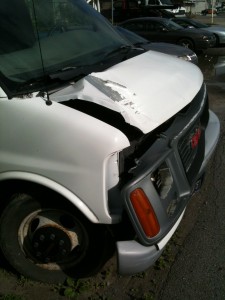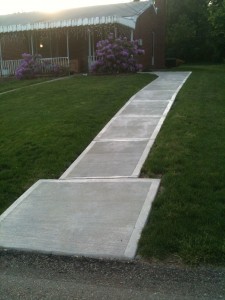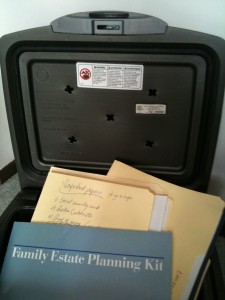 Continuing from last Friday’s post, here are more ideas on organizing to create a safe driving experience…
Continuing from last Friday’s post, here are more ideas on organizing to create a safe driving experience…
Twice yesterday someone almost hit me. They switched lanes quickly – and my guess is they did so without doing a “shoulder check.” Turning your head and double checking before switching lanes is vital. Relying on the side and rear view mirrors may cause a problem due to blind spots; smaller vehicles and motorcycles can get overlooked.
I notice it’s usually folks on cell phones who switch lanes without doing a shoulder check – and/or using their turn signals. Cell phones can make driving safer, but only if they are kept in your purse or briefcase and used for emergencies. Driving while talking on a cell phone has been banned in many states in the US, and other countries.
We’re all very aware of the safety benefits of driving with a seatbelt. In addition to making sure you’re buckled in before beginning to drive – make sure if you have passengers they are buckled in before you start out.
Another good safety tip: get in the habit of always using your turn signals, whether they are needed or not. Establishing good habits is the best way to make sure you carry out safety behaviors all the time. Think of using your turn signals as communicating to other drivers. Leave the turn signal on for five or six rotations – not just two. This gives the other drivers time to notice and adjust – and warn you, if needed.
Another good safety tip: slow down when the traffic light turns to yellow – rather than speed up and through. It’s a good opportunity to practice being patient. : ) It’s also a smart habit to cultivate because you may get a ticket or in an accident. And just a mention – technology that takes a photo when you run a red light is on the increase.
More next week on Organizing for Safety.





